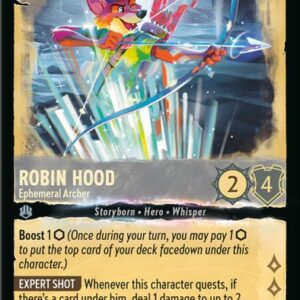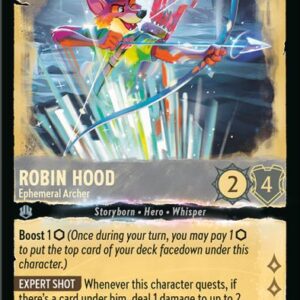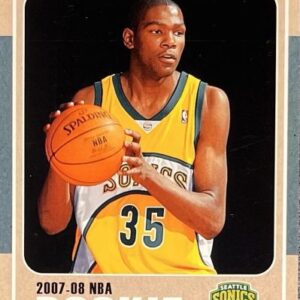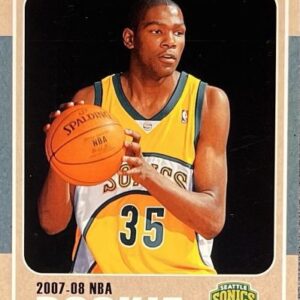There you are, shuffling through your collection of Magic: The Gathering cards with pride pouring from every poured-over piece of cardboard art in your binder. Whether you’re a newbie enchanted by the alluring gameplay or a seasoned collector with a dossier tracking every eccentric edition, there’s one nightmare that looms over each booster pack unwrapping: encountering a counterfeit. In this paper jungle, imposters lurk, but with some dexterous detection tactics, you can armor up and keep your collection authentically magical. Here’s how.
First stop on this counterfeit crusade: your senses. Trust them, for they can tell a genuine tale. The feel of the card beneath your fingers—oh, what stories it can tell! Authentic Magic cards possess a matte, somewhat wizardly touch, different from the slick or lustrous surface often presented by fraudulent fellows. It’s less fine-dining laminated menu and more tactile fiction. When in doubt, perform the ol’ comparison with a land card from the same set to verify your suspicions.
Next on this sensory adventure is a trick straight from the magician’s toolkit: the light check. Illuminatingly simple, hold the card to a flashlight. True Magic cards possess a soulful blue core nestled between their paper sandwich layers, filtering light into a soft, cool glow akin to early morning mist in Elven woodlands. Counterfeits, no control group of Gandalf’s sparkle, might be too opaque—light-blocking or too diaphanous, resembling a shine more akin to the blazing eye of Sauron, dazzling yet largely wrong.
Equip yourself with yet another nifty tool: the humble yet powerful jeweler’s loupe. An unassuming 30x magnification device, this little spyglass ye reveals the untruths of conniving counterfeits. Through it, gaze upon the symphonic artistry of Magic cards. Genuine cards are endowed with a series of delicate rosette patterns—tiny, barely-there dot blossoms that dance across the art and text boxes. Should your loupe’s gaze reveal mere pixelation akin to 90s video game graphics, you might have snagged an imposter.
Put on your artistic detective cap for the solid black test. Within its arcane printing of names, mana symbols, and text, Magic uses a distinctive, boldly entrancing black ink. It’s a separate layer, painting an engrossing tale of dark saturation. Counterfeits often skirt around the truth by assembling this hue from various colored dots, producing a fuzzy, almost ethereal appearance under magnification’s scrutiny. So epitomize your debonair detective self, adventurers, and peer deeply into the ink.
Yet, art is ever in the details, and so we delve into the subtlety that is the “L” for lost green dot exercise. Flip the card—yes, the back! Inquire into the green mana symbol. Here, among the yellow-green borders, lies a red dot revelation, forming a secretive upside-down “L.” Misaligned, missing, or nonsensically blurred? A sure sign of a duplicitous card—almost as if it audibly snickers behind the art.
For the modern mythics, innovations have arisen to protect the realm of cardboard. Enter the era of holofoil stamps. Since Magic 2015, these sparkly emblem ovals accompany rares and mythics, a herald of authenticity. Flush with the card, they should whisper the sweet nothings of microtext, invisible planeswalker symbols, or mana icons that serenade your suspicions into peace. Encounter a rough grain, reach for your loupe, and check for a swap—these supposed shiny proofs should not be raised from their cardboard perch nor recycled stickers with a shady past.
While we’re at it, let’s address the dangerous allure of the card-destroying realm: the tear, the bend—that fondly espoused old-school pack habit that salon-clever counterfeiters sidestep. With innovative inks and printing adaptations, this method’s become trickster uncertain. Instead, fortify your collection safety with non-destructive practices, a collector’s oath to protection and preservation.
To defeat the nefarious counterfeits, stack concerns, not curses. Be zealously vigilant—trust the twitch of intuition, the wand-like light test, and your trusty magnification ally. With practice and a vigilant eye, your detecting prowess will sharpen, fostering a collection that withstands the trials of deception. Each scrutinous glance and investigating light may reveal worlds within—a testament to wizardry uncovering truth. Happy collecting, steadfast sorcerers!






